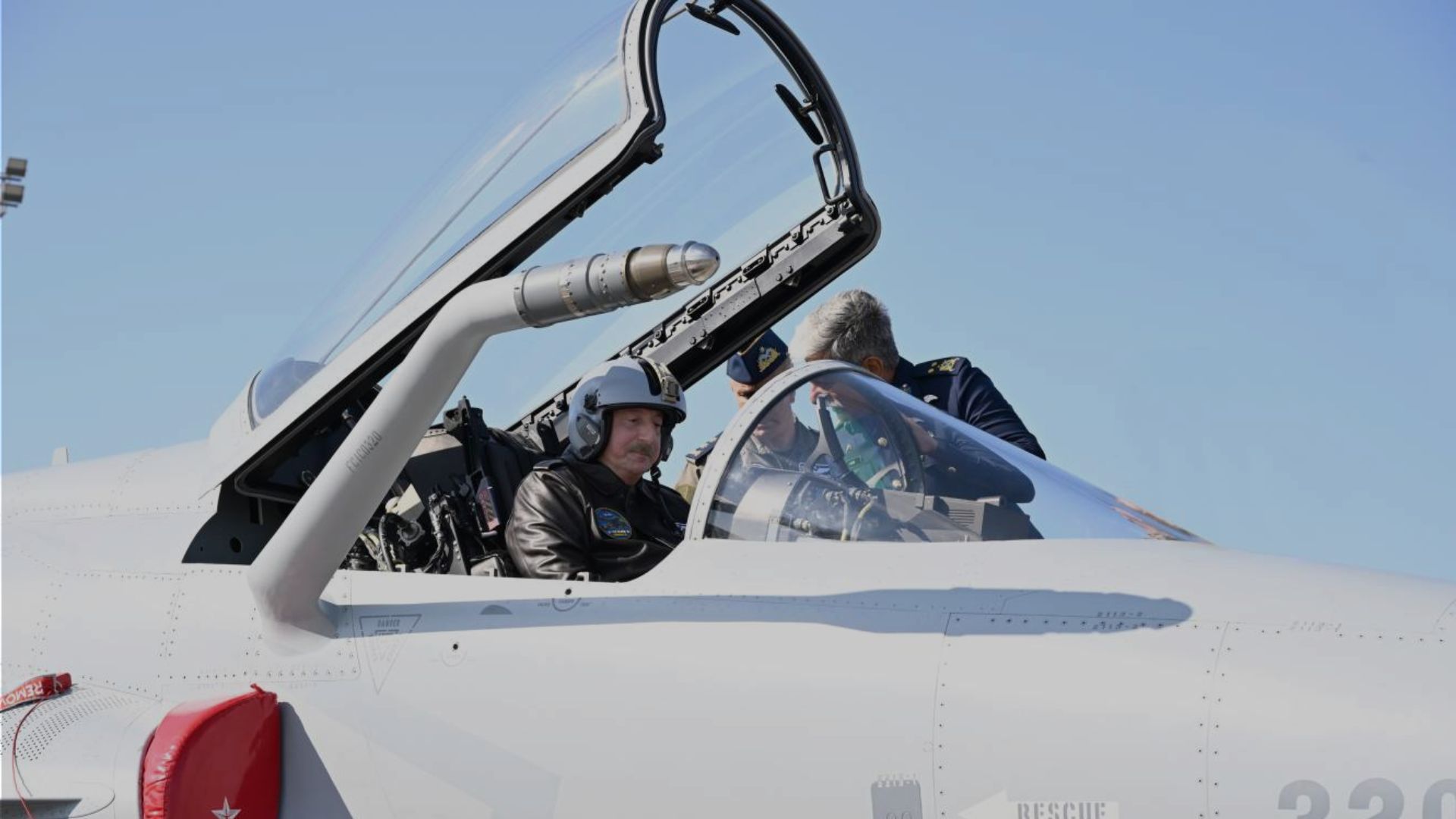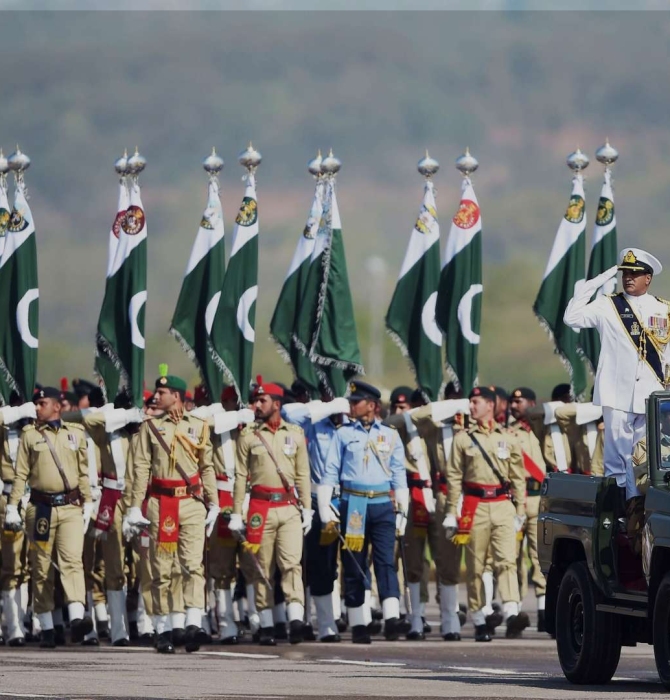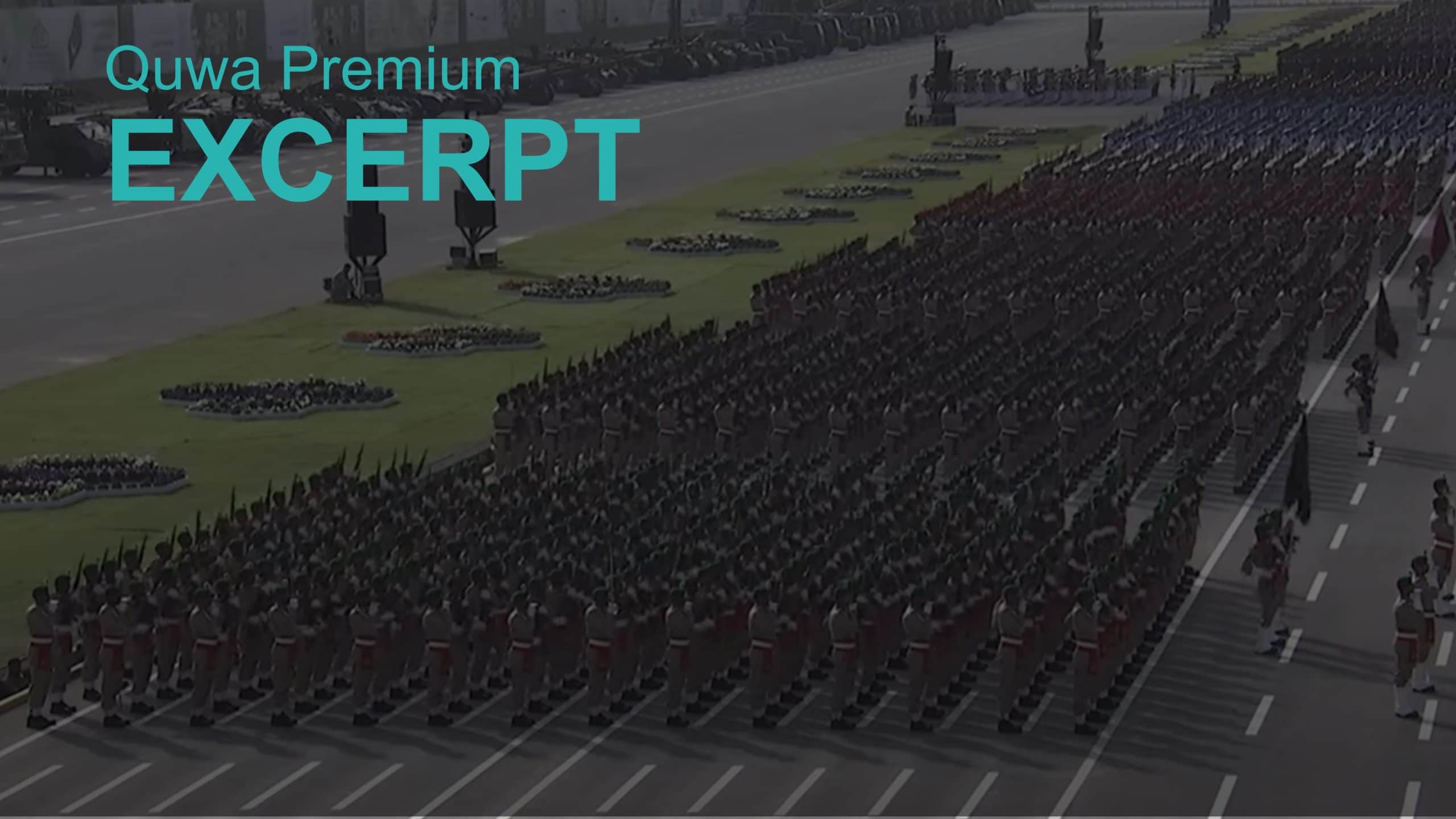5491Views

Azerbaijan Reports JF-17 Purchase Quwa Premium
Bilal Khan
Founder of Quwa, Bilal has been researching Pakistani defence industry and security issues for over 15 years. His work has been cited by Pakistan's National Defence University (NDU), the Council of Foreign Relations, Bulletin of Atomic Scientists, Centre of Airpower Studies and many others. He has a Hons. B.A in Political Science and Masters of Interntional Public Policy from Wilfrid Laurier University in Waterloo, Ontario, Canada.
On 25 September 2024, the official website of the President of the Republic of Azerbaijan announced that the Pakistan Aeronautical Complex (PAC) JF-17C Block-III was “integrated into the arsenal of Azerbaijan’s Air Force.”
The statement indicates that Azerbaijan signed onto acquiring an unspecified number of PAC JF-17Cs. Currently, this press release is the only official statement surrounding this potential acquisition.
Before this announcement, there had been unverified reports of Baku signing a $1.6 billion US deal for an undisclosed number of JF-17s.
Neither Pakistan or Azerbaijan have confirmed those reports, but at the minimum, a JF-17 sale to the Azerbaijani Air Force is underway.
Years in the Making
Pakistan’s efforts to sell JF-17s to Azerbaijan date back to at least 2017, when the Pakistan Air Force (PAF) made a concerted push to market the Thunder to several potential customers, which included Azerbaijan, Argentina, and Malaysia, among others.
Though Argentina and Malaysia had considered the JF-17, Pakistan could not secure a sale to either one of those countries. Therefore, a sale to Azerbaijan, especially if it involves several squadrons worth of fighter aircraft, would be a significant breakthrough for PAC.
Why the JF-17?
Azerbaijan had historically acquired its combat aircraft from Russia. Currently, the Mikoyan MiG-29 and Sukhoi Su-25 are its mainstay aircraft for multirole and ground attack missions, respectively.
However, Russia’s ongoing invasion and occupation of Ukraine has essentially tied Moscow’s defence industry capacity into supporting the war effort. Therefore, Russia’s ability to support exports, especially net-new acquisitions, is structurally more limited. Moreover, US-led sanctions against Russia are also a factor in forcing Russia’s traditional buyers to look at alternative options, such as China and Turkiye.
Azerbaijan is one such country. Today, a platform like the JF-17 could represent the lowest-cost route for recapitalizing the Azerbaijan Air Force’s fighter fleet and adding new air warfare capabilities.
The JF-17C or Block-III is configured with an active electronically scanned array (AESA) radar, integrated electronic countermeasures (ECM) suite, and helmet-mounted display and sight (HMD/S). In other words, the JF-17C leverages contemporary air warfare technology, some of which is still not widely deployed on even the latest Russian platforms (e.g., AESA radars and HMD/S).
The JF-17C can also carry a wide assortment of air-to-air and air-to-surface munitions. These munitions include – among others – the PL-15E long-range air-to-air missile (LRAAM), which offers a range of 145 km, the PL-10E high-off-boresight (HOBS) AAM for short-range engagement, the C-802 anti-ship cruise missile (ASCM), and a variety of laser-guided and satellite-guided bombs.
In addition to the aforementioned munitions, Pakistan is also likely offering Azerbaijan access to the new Taimur air-launched cruise missile (ALCM), which has a stated range of 280 km. The Taimur ALCM would position the JF-17 as a long-range strike-capable asset, a relatively uncommon capability, especially when it is free of U.S. and Western regulatory coverage (e.g., ITAR).
Pakistan is also developing other air-to-air and air-to-surface munitions of its own. Thus, from a munitions standpoint, the JF-17C could have a fairly diverse supply channel of air-to-air and air-to-surface solutions, one that does not lean exclusively on China, but draws on the Pakistani industry as well. In addition, one can also expect Azerbaijan to connect with Turkiye for solutions.
Log in or subscribe to read the rest of the article
End of excerpt (489/1,154 words)
Note: Logged in members may need to refresh the article page to see the article.


